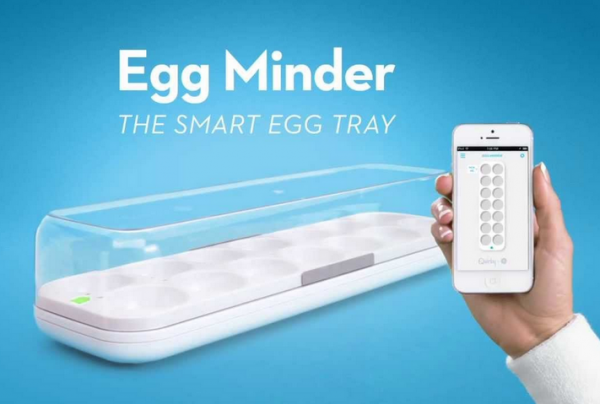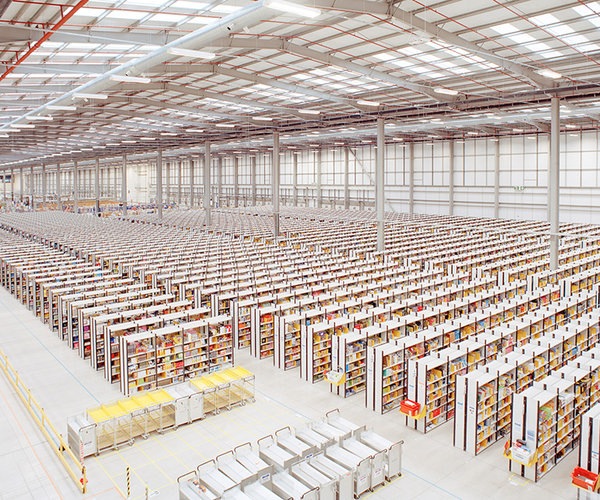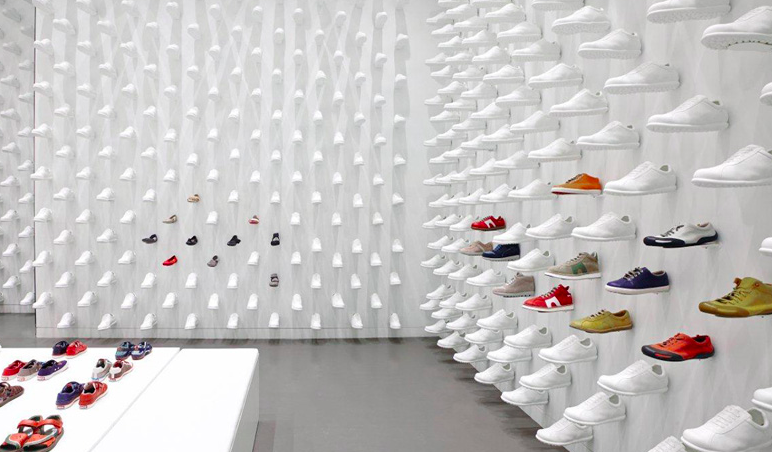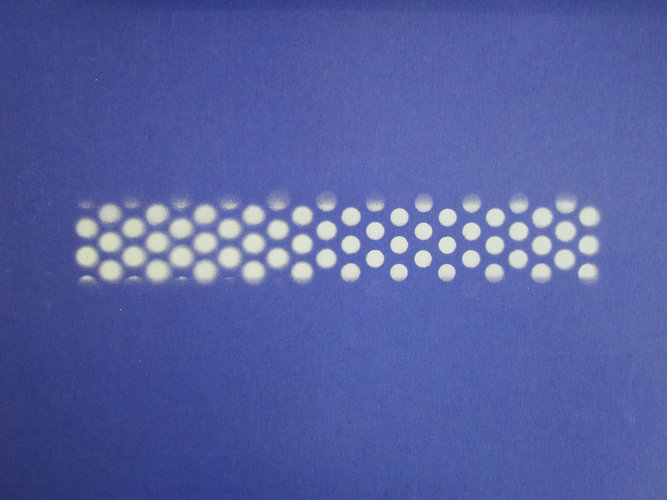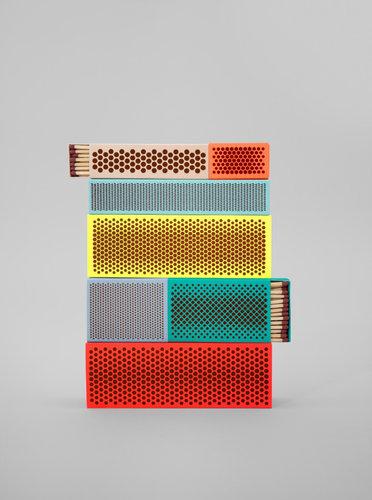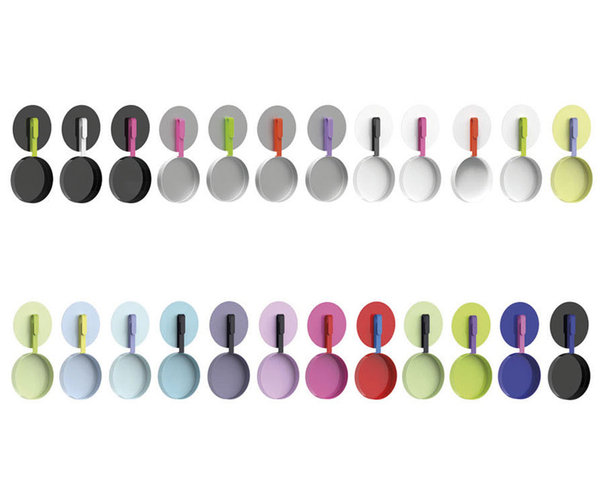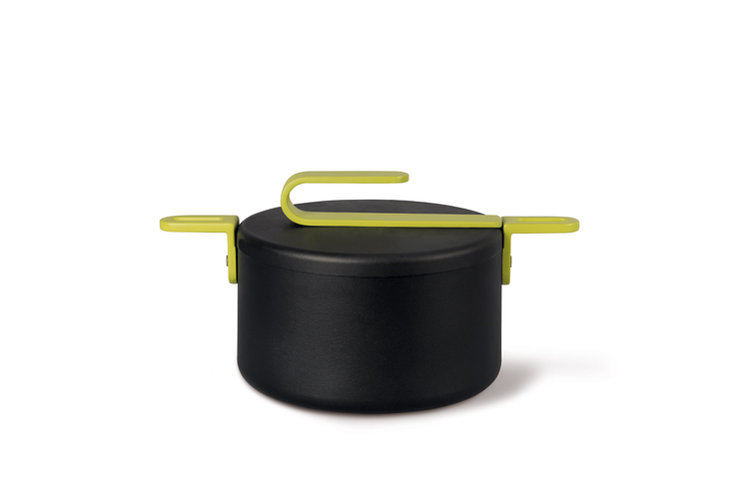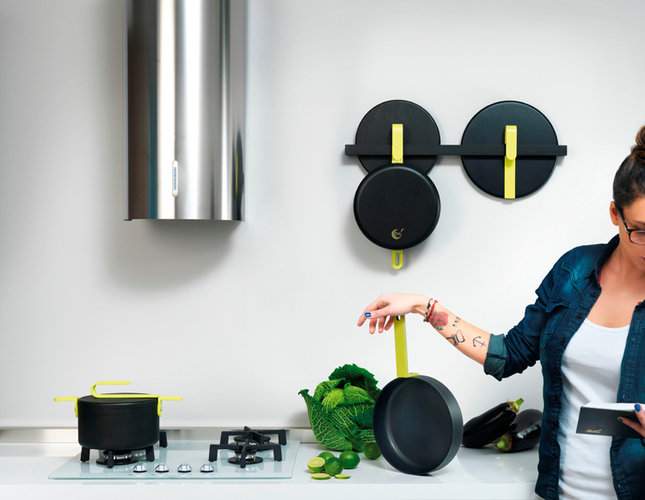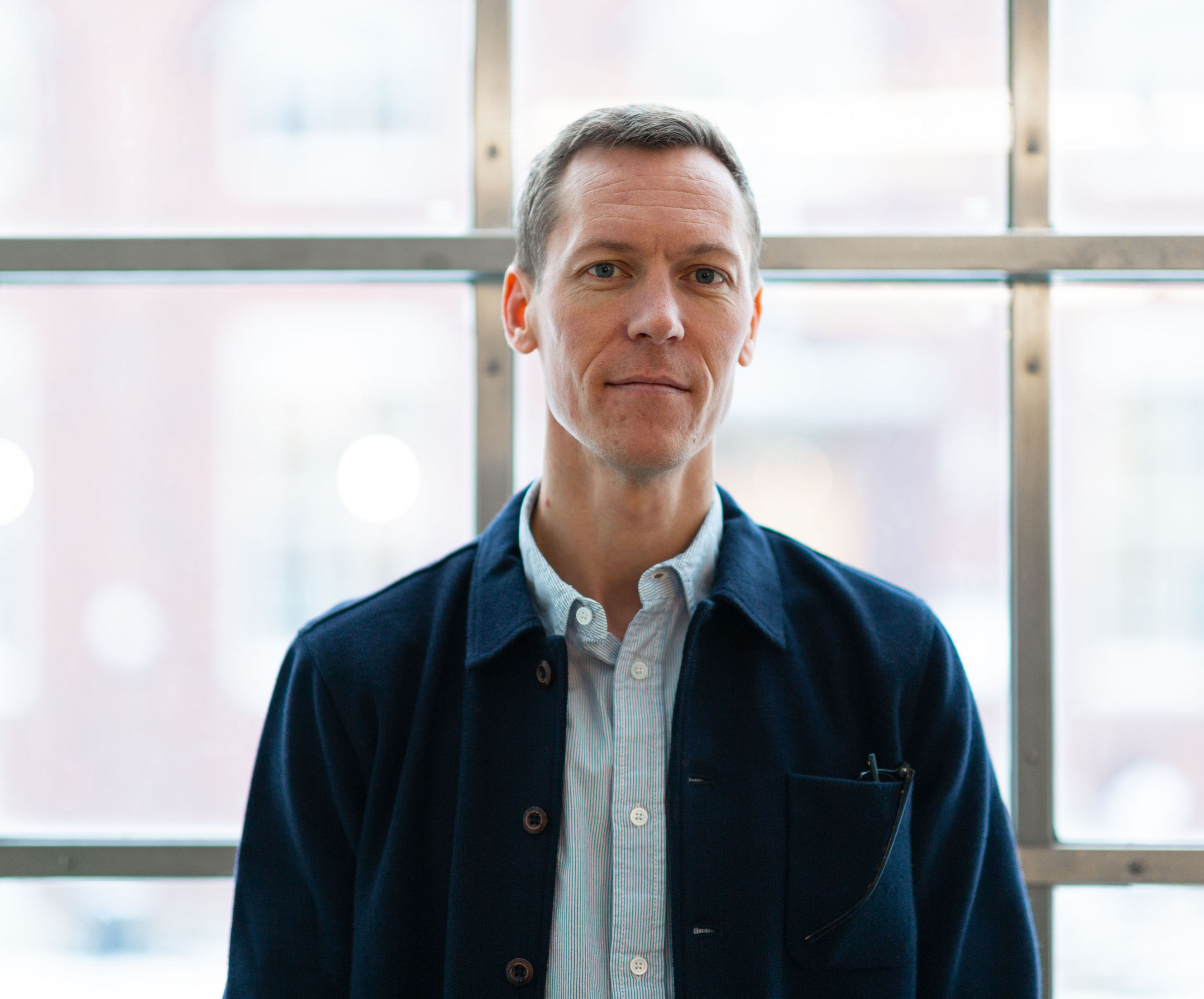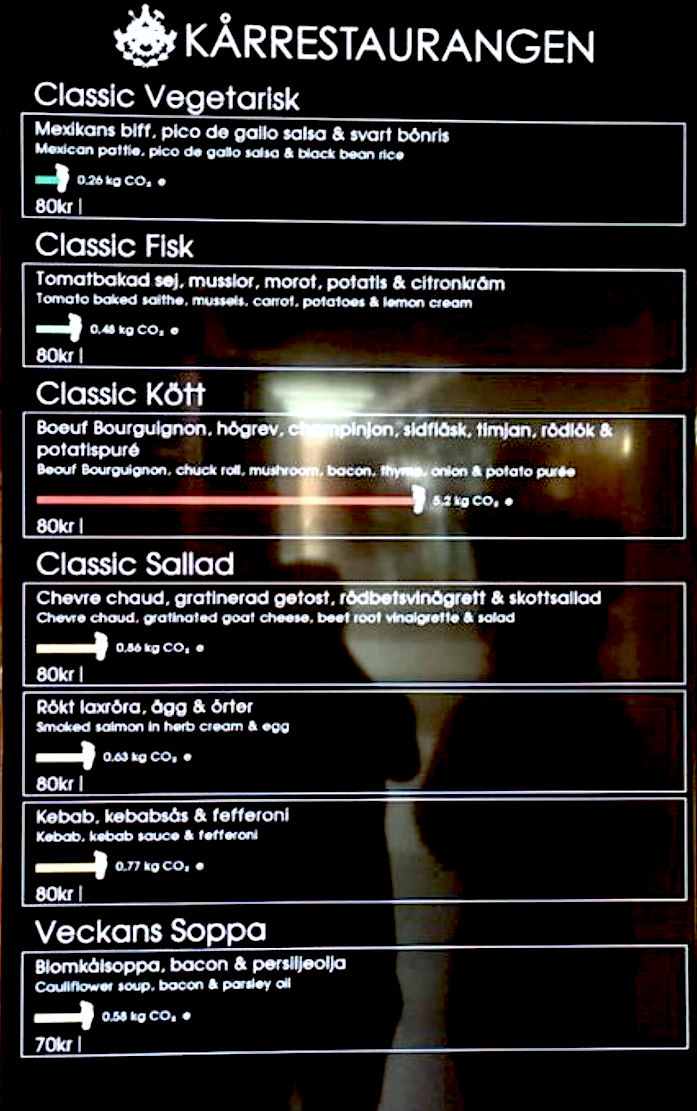
Kommunikation är sannerligen ett brett område. Kommunikatörer i organisationer pysslar med internkommunikation och externkommunikation, som i sin tur kan brytas ner på säkert hur många underliggande typer som helst.
Det ultimata målet med kommunikation måste vara på beteendenivå. Det gäller för övrigt alla som håller på med människor… Kommunikationsbranschen i stort har varit, och är fortfarande, rätt dåliga på att definiera och mäta dessa. Mina närmaste konsultkollegor och jag talar rätt ofta om att gå från värderingar/kommunikation till praxis och beteenden. Alltså att se bredare på kommunikation utifrån frågan “vad kommunicerar detta”. Inte bara börja med kommunikation som innehåll utan lika mycket vad något i sin tur kommunicerar vidare. Vi arbetar inte specifikt med kommunikation utan förändringsprogram, men kommunikation blir där självklart ett av alla viktiga verktyg. Exemplet här ovan – från Kårrestaurangen på Chalmers – trillade jag över på LinkedIn, delat av Cecilia Edling Östman, en kollega från vääääldigt länge sedan.
Ett fantastiskt exempel på hur kommunikation, i det här fallet med uppgift att lyfta klimataspekten av vad vi stoppar i oss (gissar jag, oavsett så skulle det kunna vara det), kan ta ett fantastiskt steg från uppmanande budskap ofta en bra bit ifrån aktivitets/beteendetillfället till mer av en aktiv (“nudging”) roll exakt i beteendetillfället. Och med enkla medel.
Den här typen av kommunikation lånar mer från digital/tjänsteutvecklingen än traditionell kommunikationsstrategi och planering. Kommunikatörer som ännu inte lånat/stulit/berikat sig i den världen missar något.

